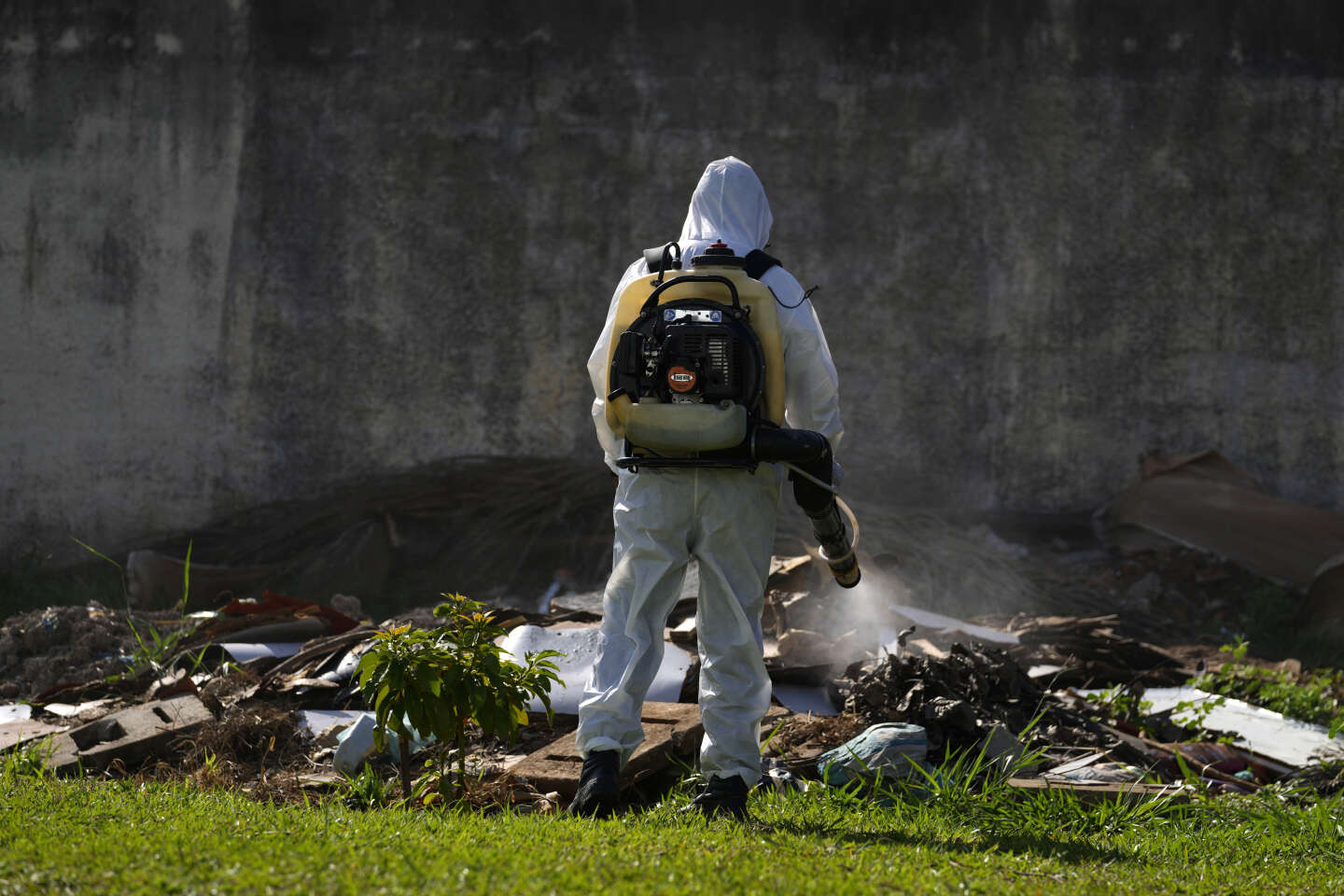Health. What is this mysterious STI that has increased by 58% in Europe?

The European Center for Disease Control (ECDC) last week warned of an alarming increase in sexually transmitted infections in the European Union.
Thus, in 2022, cases of gonorrhea (or gonorrhea) have increased by 48%, cases of syphilis by 34% and cases of bacterial chlamydia infection by 16%.
Correspondingly, in total, there were 70,881 confirmed cases of gonorrhea, 35,391 cases of syphilis and 216,508 cases of chlamydia infection. So much for the most common sexually transmitted infections.
Another STI, lymphogranulomatosis venereum (LGV) is little known and rare. However, during the study period, the number of cases increased by 58% between 2021 and 2022, with 2,059 cases.
And the ECDC estimated in its report that the number of cases in many European countries has been underestimated. Four countries alone account for 84% of reported contamination: Spain and the Netherlands in first place, but also France and Belgium to a lesser extent.
The bacterium in question is Chlamydia trachomatis
Lymphogranulomatosis is caused by subtypes of the venereal disease Chlamydia trachomatis bacterium. Without proper treatment, the disease progresses through three stages.
First, between 3 and 30 days after transmission, one or more lesions form at the point of entry of the bacteria into the body (anus, rectum, glans, mouth, etc.).
They disappear without treatment and therefore go unnoticed. But bacteria remain present. Then, in the second phase, after 2 to 6 weeks, the following symptoms may appear and last from a few weeks to several months:
- painful swelling of the lymph nodes (adenopathy) in the groin or neck;
- Discharge of blood and pus from the anus;
- fever and chills;
- Muscle and/or joint pain.
In some cases, lymph nodes open with discharge of pus. Without treatment, symptoms associated with stage III can lead to serious, sometimes permanent, damage:
- Narrowing or perforation of the vagina, rectum, or colon due to chronic inflammation;
- Genital swelling due to blockage of lymphatic vessels;
- Purulent discharge, inflammation of mucous membrane with bleeding.
More rarely, liver or joint inflammation occurs.
Among the worst affected are homosexuals
LGV, also called Nicholas-Faver disease, which is endemic in certain tropical and subtropical regions, was still very rare in industrialized countries until the early 2000s.
In 2022, most cases were reported in men aged 25 to 44, who have sex with men (MSM).
“Between 2018 and 2022, the proportion of HIV-negative LGV cases increased from 47% in 2018 to 69% in 2022,” ECDC notes that it predicts increased vulnerability among HIV-negative MSM.
The disease is diagnosed by a blood test – or a sample in the presence of symptoms – which will detect the presence of the bacteria.
This must be discovered within a 14-day window after transmission. Treatment is based on taking antibiotics that will completely clear the infection.
During the entire period of treatment, it is necessary to protect oneself sexually. ECDC regrets that diagnostic capabilities for this disease are still very limited in some European Union countries.“which makes infection control difficult and limits the availability of epidemiological data”.
In addition, early diagnosis is essential to prevent serious complications of LGV.
(TagsToTranslate)Well-Being





